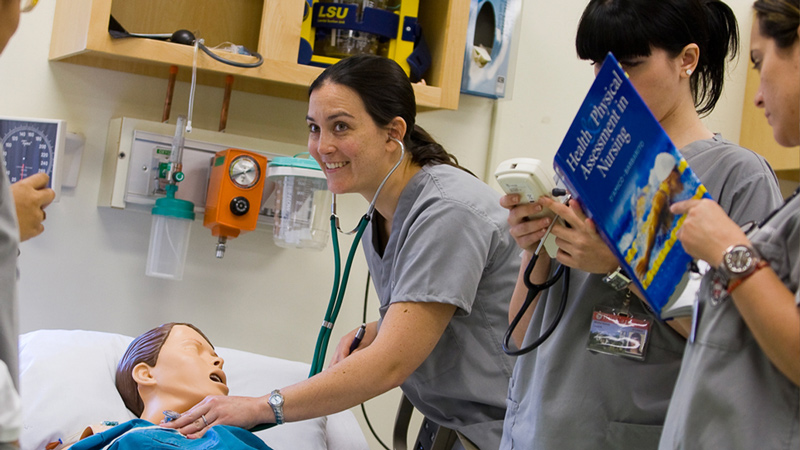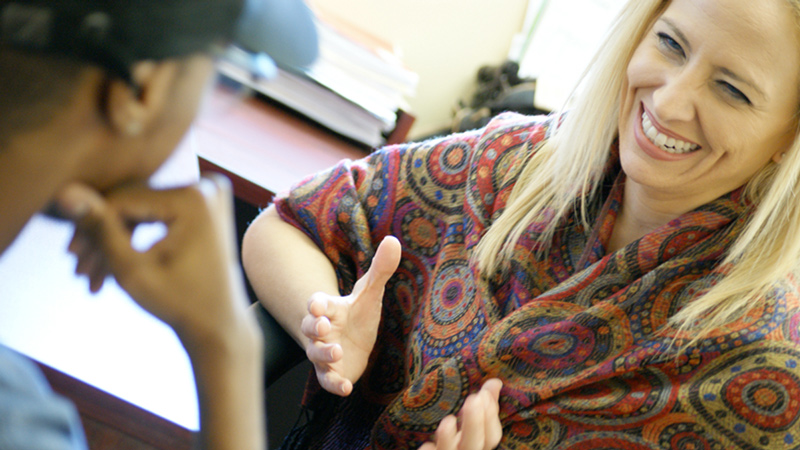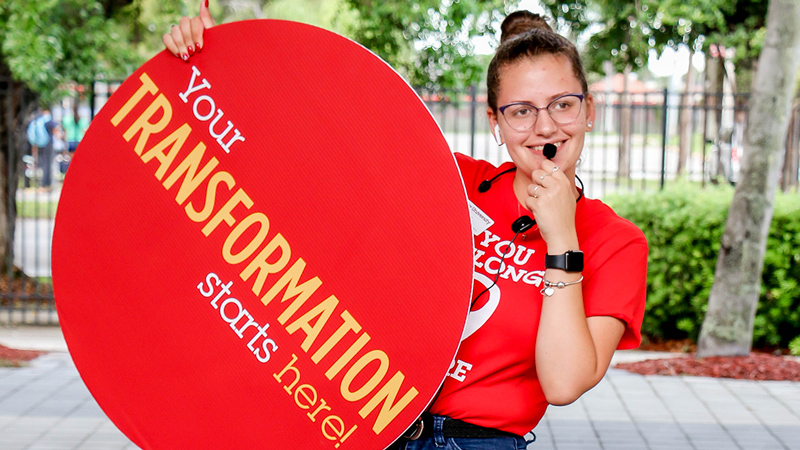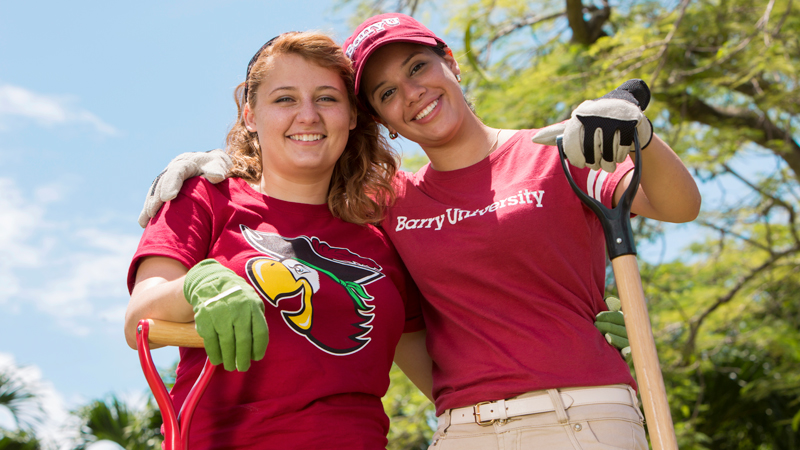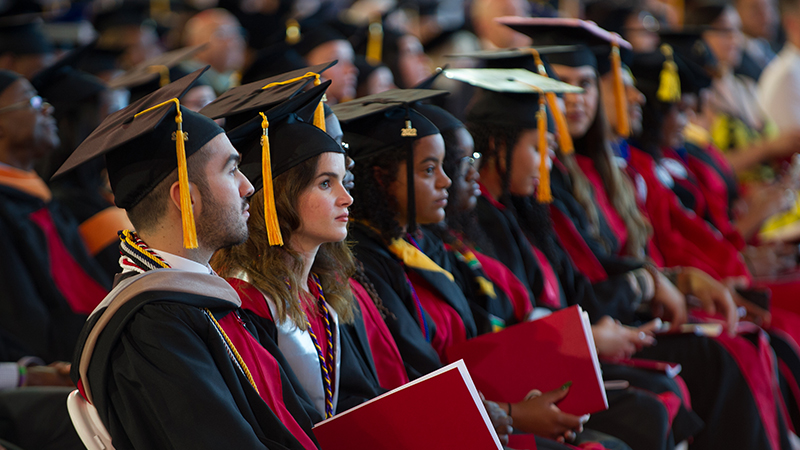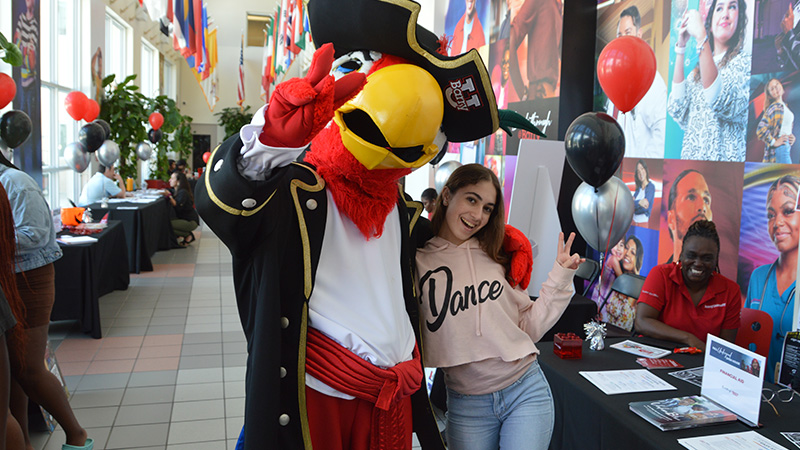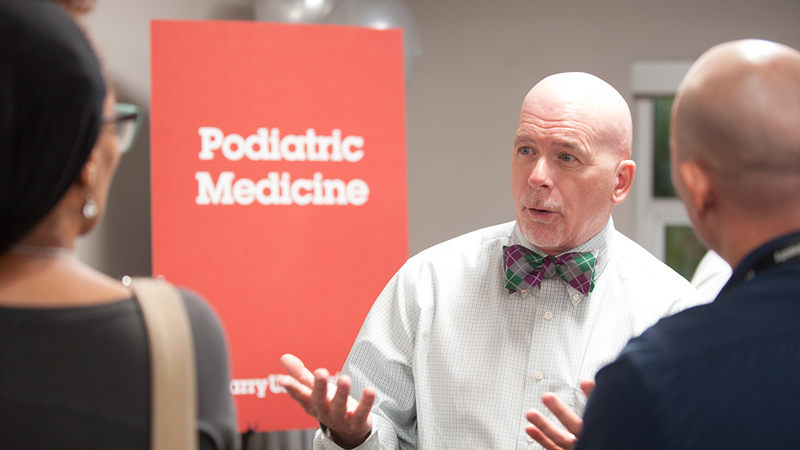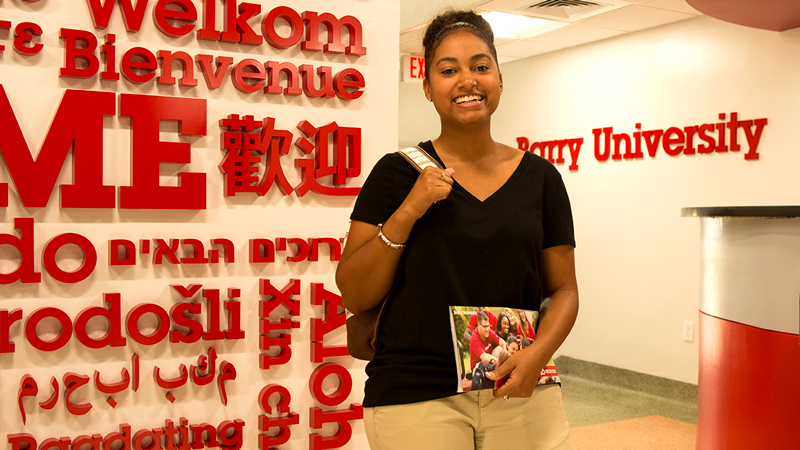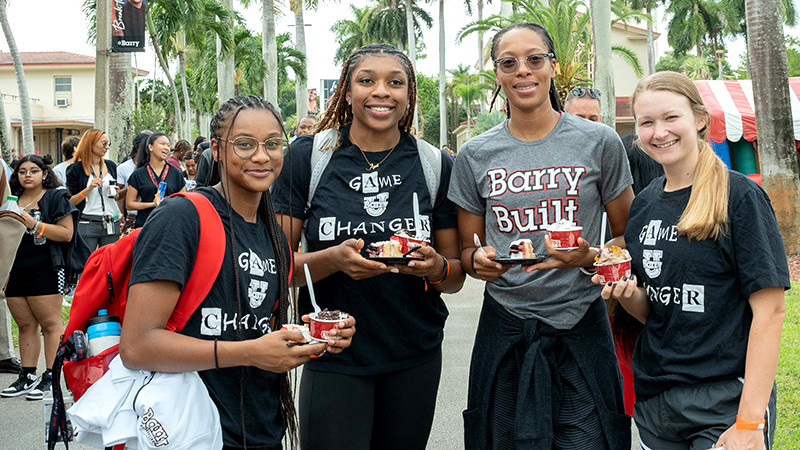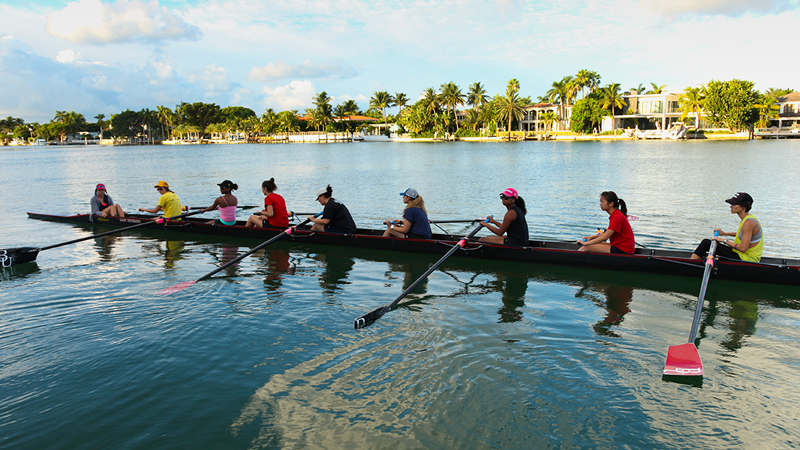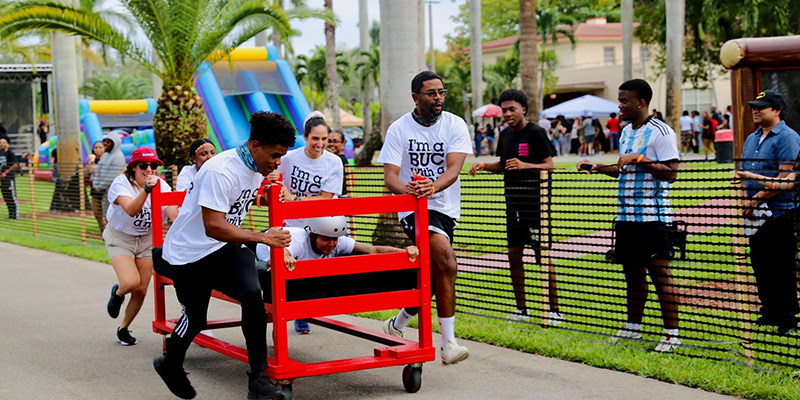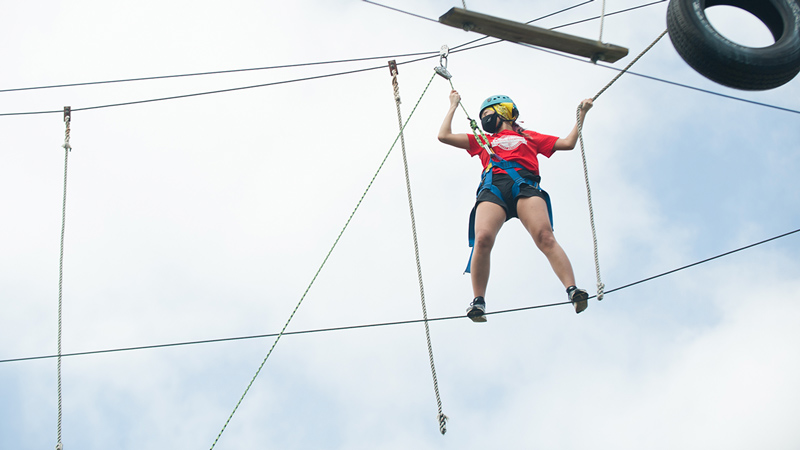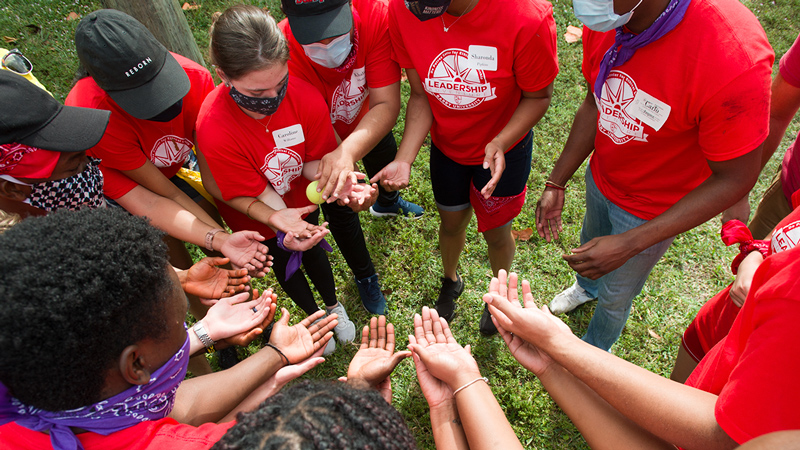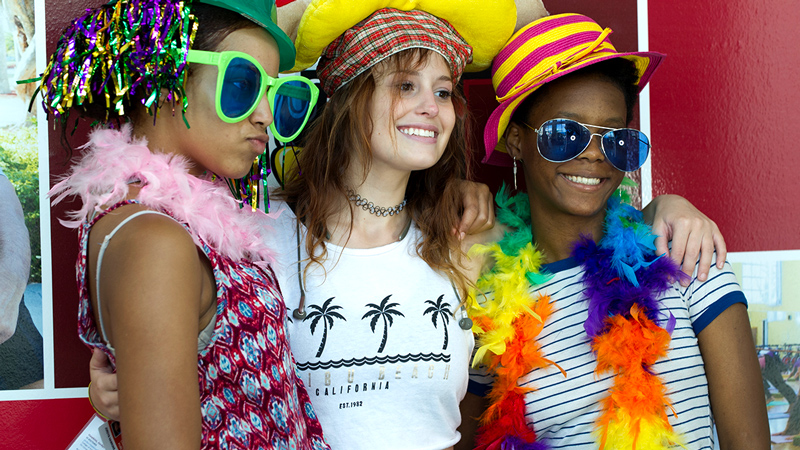I teach advanced clinical practice with groups, and we use this work—both experientially and theoretically—in the classroom. My students will come back the following week and say that they did what we did in class with their clients, and it was amazing. It’s about using this in clinical work or supervision, management, and social justice. There’s no limit to how you can use the expressive arts.
I also emphasize the use of expressive arts for self-care: For example, I, along with several graduate assistants, hold space every Sunday night for two hours for Barry students. We initiated a virtual open studio called Contemplative Expressive Arts for Self-Care when the pandemic started. Students log in and find a space where they can check in and have their own expressive arts process. They can engage in movement, visual art, or music, and then we have a writing prompt. We witness one another without interpretation. The students are present for one another and are seen and heard. And then we wish each other well and move on with our week. The virtual open studio started as a pilot for social work students and is now available to all Barry students.
We can also use expressive arts to process social justice issues. Right after the execution of George Floyd, we started a six-week program called Cross-Cultural Conversations, during which we addressed race and social justice through music, art, writing, and facilitated discussions. Participants are invited to discard their assumptions and approach tough subjects and emotions with curiosity. In rotating pairs and in the larger group, we discuss ideas like ancestral heritage, identity, feeling diminished by others and diminishing others, and imagining the world we want, among other things. By the end of the workshop, participants have shared deeply with others in the group. They have experienced the power of witnessing and being witnessed by others without judgment. The students reported that listening without making assumptions made space for new possibilities.
Expressive arts transcend language barriers. When the Special Olympics athletes visited, we did an exercise called “pour painting.” They poured paint into a cup, choosing the colors that reflected their feelings at that moment. Then they put the canvas on top of the cup and flipped it over, letting the paint move around the canvas to create a self-portrait of their soul. The results look like museum pieces. I recall a conversation with a participant who was nonverbal, although very expressive in other ways. I asked him if he loved the painting that he did. He just smiled and gestured that he understood my question and was able to communicate, with absolute certainty, that he loved what he did. When I said to him, “That’s your soul,” I could feel that he knew what I said. It was a beautiful connection. When we think that words are the only way people can communicate, we underestimate and limit how we can have relationships.
